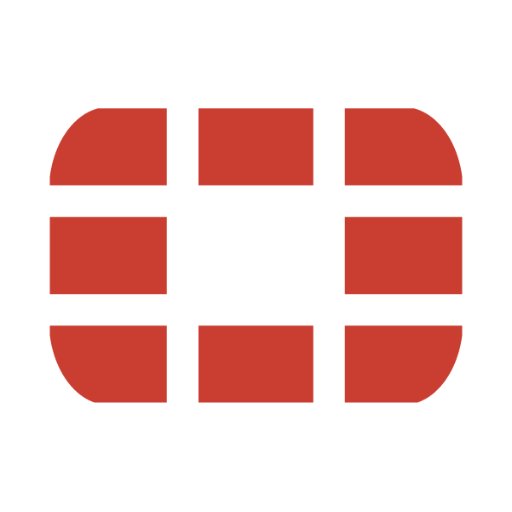

Big data analytics can help providers make sense of this data and identify trends and patterns that can inform clinical decision-making.Īdvancements in technology: With the growth of connected devices, wearables, and telemedicine, there is a wealth of health data being generated outside of traditional healthcare settings. Increasing use of electronic health records (EHRs): As more healthcare providers adopt electronic health records, there is a growing amount of data that can be analysed to improve patient outcomes. There are several trends that are encouraging the healthcare industry to embrace big data and these trends are driving the healthcare industry as a way to improve patient outcomes, reduce costs, and drive innovation. What are the trends today that encourage the healthcare industry to embrace big data?.However, with the right investment in technology and training, big data has the potential to revolutionize medical diagnostics in India and improve health outcomes for millions of people. These include concerns around patient privacy, data security, and the need for skilled personnel to manage and analyse the data. The government has also launched several initiatives aimed at promoting the use of technology in healthcare, including the National Digital Health Mission.ĭespite the potential benefits of big data in medical diagnostics, there are also challenges that need to be addressed. In India, the use of big data in medical diagnostics is being driven by a number of factors, including the growing availability of electronic health records, the increasing use of mobile health technologies, and the rise of telemedicine. This can lead to more accurate diagnosis and faster treatment. Machine learning algorithms can be trained on large datasets of medical images, allowing them to identify patterns and anomalies that may be missed by human doctors.

For example, predictive algorithms can be used to identify patients who are at high risk of developing diabetes, allowing doctors to intervene early with preventative measures.Īnother way in which big data is transforming medical diagnostics is through the use of machine learning. These algorithms can analyse vast amount of patient data to identify patterns and predict the likelihood of certain diseases. One way in which big data is being used in medical diagnostics is through the development of predictive algorithms. In India, the use of big data in medical diagnostics is still in its early stages, but it is rapidly gaining traction. How is it transforming the medical diagnostics sector in India?īig data has the potential to transform medical diagnostics by providing access to large amount of patient data, enabling doctors to make more accurate diagnosis and develop personalized treatment plans.


 0 kommentar(er)
0 kommentar(er)
